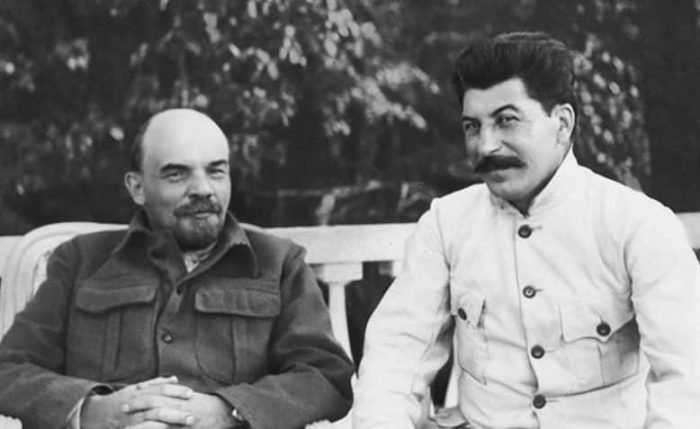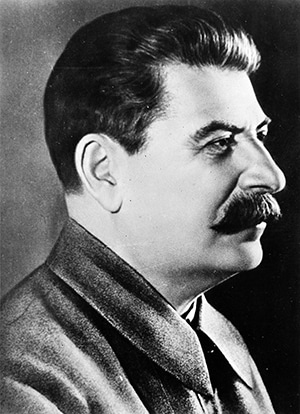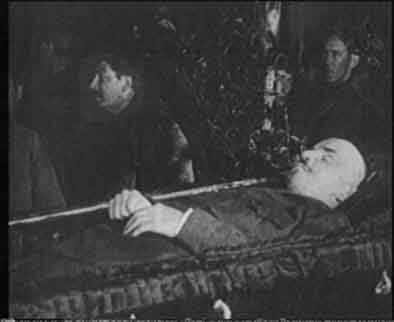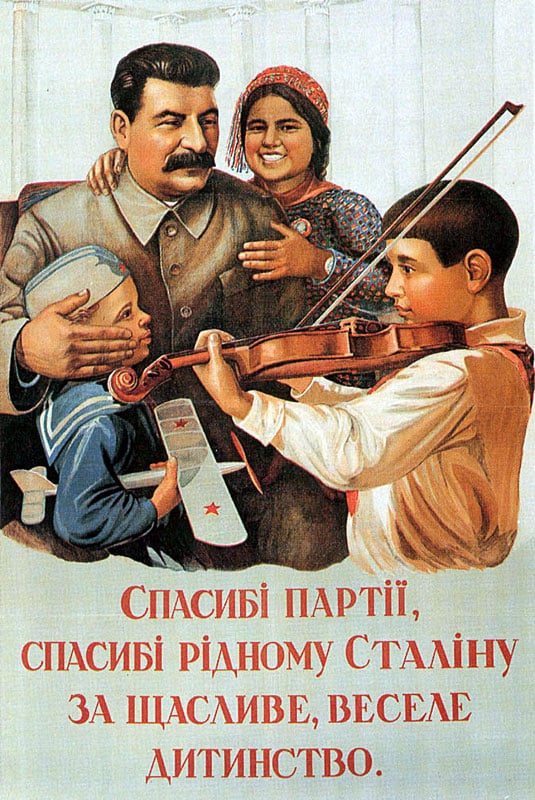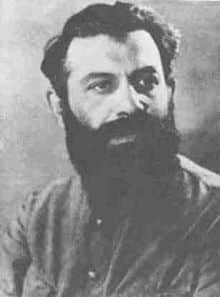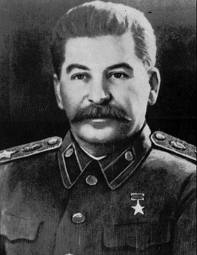Did Stalin Betray Lenin’s Legacy?
To answer this question, one must crucially set out what Lenin’s legacy was, before analysing whether Stalin did or did not betray it. The sources seem to disagree on what this legacy was – Source 5 claims that “For Lenin, the state, the dictatorship […] the terror, were only the means. The aim was socialism”,…

